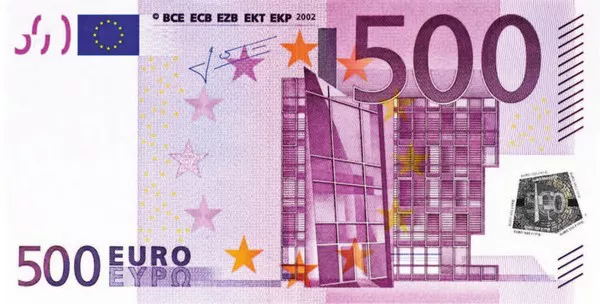The euro and the dollar are two of the most recognized currencies in the world. They are used in international trade, investments, and as a reserve currency by central banks. The relationship between these two currencies is of great importance to the global economy. This article will provide an overview of the current state of the euro and the dollar and analyze the factors that could impact their future.
Overview of the Current State of the Euro and Dollar
The euro is the official currency of the European Union (EU) and is used by 19 member states. It was introduced in 1999 and replaced the European Currency Unit (ECU). The euro is the second most traded currency in the world after the US dollar. As of May 2023, the exchange rate is approximately 1 euro to 1.12 dollars.
On the other hand, the US dollar is the official currency of the United States and is also widely used around the world. It is the most traded currency in the world and is considered the global reserve currency. As of May 2023, the exchange rate is approximately 1 dollar to 0.89 euros.
Factors That Could Impact the Future of Euro vs. Dollar
- Economic Growth and Political Stability
Economic growth and political stability are key factors that can affect the value of a currency. The EU has experienced slower economic growth than the US in recent years. According to the International Monetary Fund (IMF), the EU’s GDP growth rate was 2.2% in 2022, while the US had a growth rate of 5.7%.
In addition, the EU has faced several challenges in terms of political stability. Brexit, for example, has created uncertainty about the future of the EU and its integration process. On the other hand, the US has a relatively stable political system, which can positively impact the value of the dollar.
- Inflation Rates
Inflation rates can also have a significant impact on the value of a currency. The EU has struggled with low inflation rates in recent years, which has led to concerns about deflation. As of April 2023, the inflation rate in the EU was 1.7%, which is below the European Central Bank‘s target of 2%.
In contrast, the US has seen higher inflation rates in recent years. As of April 2023, the inflation rate in the US was 4.2%. This could potentially lead to a stronger dollar if investors believe that the Federal Reserve will raise interest rates to combat inflation.
- Trade and Fiscal Policies
Trade and fiscal policies can also affect the value of a currency. The EU and the US have had trade tensions in recent years, which have negatively impacted their economic relationship. The EU has been implementing tariffs on US goods since 2018 in response to US tariffs on steel and aluminum. The US has also implemented tariffs on EU products such as wine, cheese, and aircraft.
In addition, fiscal policies such as tax cuts or government spending can impact a country’s economy and therefore its currency. In 2021, the US implemented a $1.9 trillion stimulus package aimed at providing relief to individuals and businesses impacted by the COVID-19 pandemic. This package could potentially lead to a weaker dollar in the long run if it leads to higher inflation rates or a growing budget deficit.
Conclusion
The future of the euro vs. dollar is uncertain and can be impacted by various factors. Economic growth, political stability, inflation rates, and trade and fiscal policies are just a few of the factors that could influence the exchange rate between these two currencies. It is important for investors and businesses to stay informed about these factors and monitor any changes that could impact their investments or operations.
Related Topics:



























